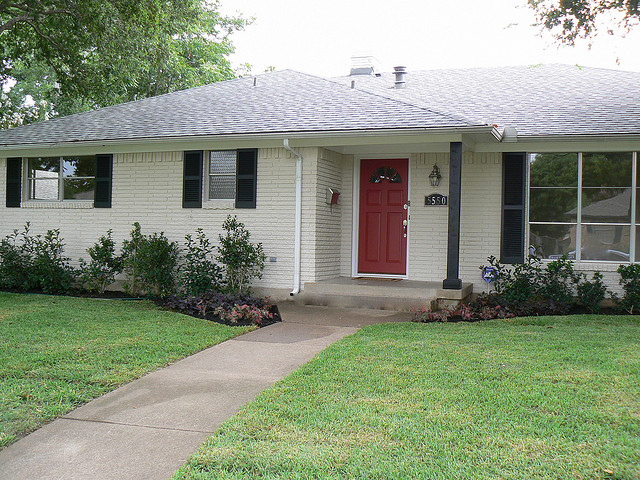
What I learned keeping home safe for my husband
After my husband was diagnosed with Alzheimer’s disease, I decided to do everything in my power to keep him at home as long as possible. Home could help him connect to his past and maintain a sense of who he was.
I learned quickly that this decision meant I needed to adapt to the unique interests and abilities of my husband to encourage whatever independent skills he had left while making home a safe place.
For example, Reg always enjoyed fixing things around the house. For safety, I kept his tools stored out of his sightline in drawers and cupboards. But I did allow him to continue using them so long as I supervised.
Another tip I picked up helped Reg find his way home. His favourite colour was always bright red. So to help him recognize his house coming home from a walk or drive, I painted the door that colour.
Inside the house, I didn’t have to worry as much about mobility as he was physically able to get around. But I did need to make sure that the stairs and hallways were clutter-free. If he was walking around and not paying attention, I wanted to make sure there was nothing for him to trip on.
Although these approaches worked for a time, I had to continue to make changes as the disease progressed. Keep in mind that abilities like reaction time, balance, sight, memory, judgment and insight deteriorate in a person with dementia and you will need to adapt the living environment to those changes.
For more help about keeping the person you care for safe around the home, I encourage you to visit the Alzheimer Society of Ontario’s website. Their home safety checklist is a great place to start in developing your home safety plan.
Caregiver and Champion for Dementia
